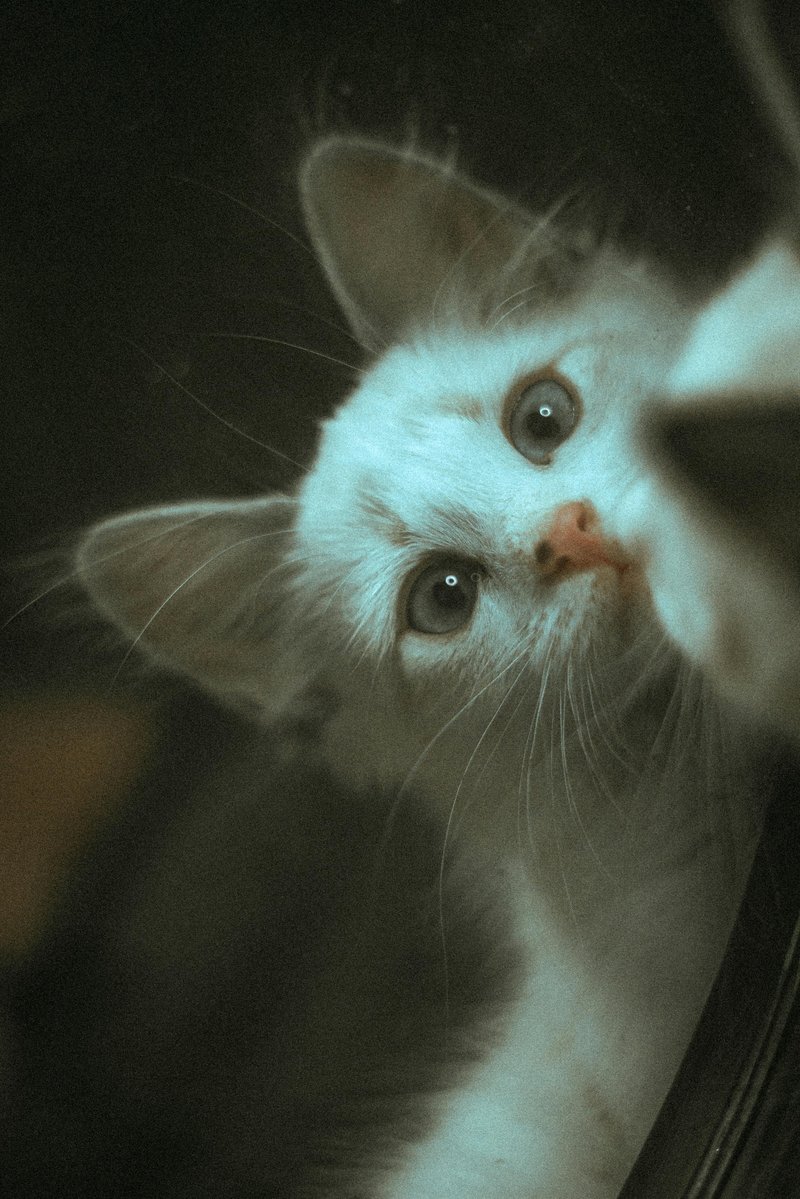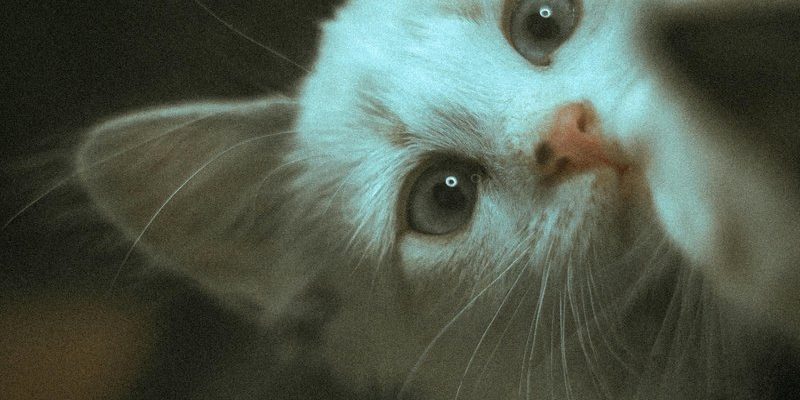
Understanding the evolutionary history of the mountain lion is like peeling back layers of an onion—each layer reveals something new and fascinating. From their ancient ancestors to their current behaviors, there’s a lot to unpack. So, grab a cup of coffee, and let’s dive into the journey of this remarkable animal.
Origins of the Mountain Lion
Mountain lions belong to the family Felidae, which includes all cats, big and small. Their story begins tens of millions of years ago. The earliest ancestors of modern cats emerged during the Oligocene epoch, about 34 to 23 million years ago. This is when the first true cats appeared, and it set the stage for the diverse cat family we see today.
You might be wondering, what’s the link between those early cats and our current mountain lions? Well, it’s a winding tale involving adaptations and migrations. Initially, cats roamed freely across vast lands. As they spread, different species developed unique adaptations based on their environments. This is where things start to get interesting.
Mountain lions specifically branched off from their relatives around 10 million years ago when they adapted to various habitats. Their agile bodies and powerful legs made them excellent hunters, allowing them to thrive in diverse environments—from arid deserts to rugged mountains.
Migrating and Adapting
As the climate changed over millions of years, the mountain lion’s range expanded dramatically. Around two million years ago, during the Pleistocene, they spread from North America to South America. This was a time when many mammals were adapting to colder climates, and mountain lions were no exception. They developed thicker fur and larger bodies to help them survive in harsher environments.
Adapting to different regions wasn’t just about physical changes. Mountain lions also adjusted their hunting techniques and social behaviors based on their surroundings. This flexibility allowed them to prey on a variety of species, which varied by region and availability. Imagine having to change your daily routine based on what’s available in your neighborhood; that’s how these cats thrive.
Importantly, this adaptability also allowed mountain lions to survive major environmental shifts. Unlike many other species that faced extinction due to climate change or habitat loss, mountain lions managed to endure, thanks to their versatile nature.
The Impact of Human Expansion
As human populations grew, so did the impact on wildlife. Mountain lions faced new challenges as their habitats became fragmented due to urbanization, agriculture, and hunting. Humans encroaching into their territories not only reduced their available space but also affected their prey, leading to competition for food.
Let’s think about it this way: imagine you’re a mountain lion, and your favorite hunting ground is getting smaller and smaller. You might need to adapt quickly or risk starvation. Some mountain lions became more nocturnal, hunting at night when humans were less active, while others learned to navigate urban areas, seeking food in parks or even neighborhoods.
This adaptability has been key to their survival. In some areas, mountain lions have thrived, while in others, they face significant population declines. Conservation efforts have ramped up to protect these incredible animals, but maintaining their habitats remains a challenge.
Genetic Diversity and Isolation
The genetic diversity of mountain lions plays a crucial role in their evolution. As populations became isolated due to human development, genes began to flow less freely. Isolation can lead to inbreeding, which often results in health issues. For instance, the Florida panther, a subspecies of the mountain lion, experienced severe genetic problems due to isolation in the early 1990s.
The situation was so dire that conservationists intervened by introducing new bloodlines from Texas mountain lions. This act helped to restore genetic health and vitality to the population. So, the next time you see a mountain lion in the wild, remember that it’s not just a solitary creature; it’s a testament to the power of adaptability and resilience over time.
Modern Mountain Lions Today
Today, mountain lions roam across the Americas, from the Yukon in Canada down to southern Chile. But despite their wide range, they are still considered a near-threatened species. Their populations are increasingly at risk, mainly due to habitat loss and conflicts with humans. Isn’t it essential to remember that our actions can significantly affect wildlife?
Modern mountain lions are highly solitary and territorial, often roaming vast areas in search of food and mates. They are a critical part of the ecosystem, helping to control populations of deer and other herbivores. By keeping these populations in check, mountain lions help maintain balance in their habitats, promoting biodiversity.
As a top predator, their presence is vital for maintaining healthy ecosystems. Unfortunately, many people still harbor misconceptions about these cats, often viewing them as threats rather than essential components of their environment. Education and awareness are key to fostering coexistence between humans and mountain lions.
The story of the mountain lion is one of strength, adaptability, and survival. From their ancient origins to their current challenges, these magnificent creatures have continued to thrive despite the odds stacked against them. As we look to the future, the survival of mountain lions depends on our ability to coexist with them while protecting their habitats.
By understanding their evolutionary history and the ongoing challenges they face, we can better appreciate the role they play in our ecosystems. Whether you’re an avid nature lover or just curious about wildlife, remembering the mountain lion’s journey can inspire us to work for a world where humans and wildlife can thrive together. After all, preserving the mountain lion’s legacy is not just about saving a species; it’s about maintaining the rich tapestry of life on our planet.

